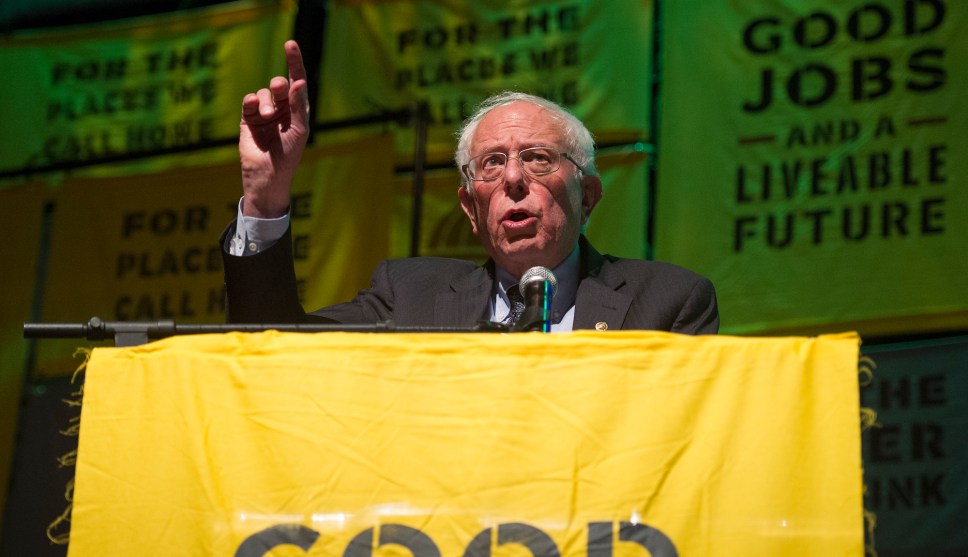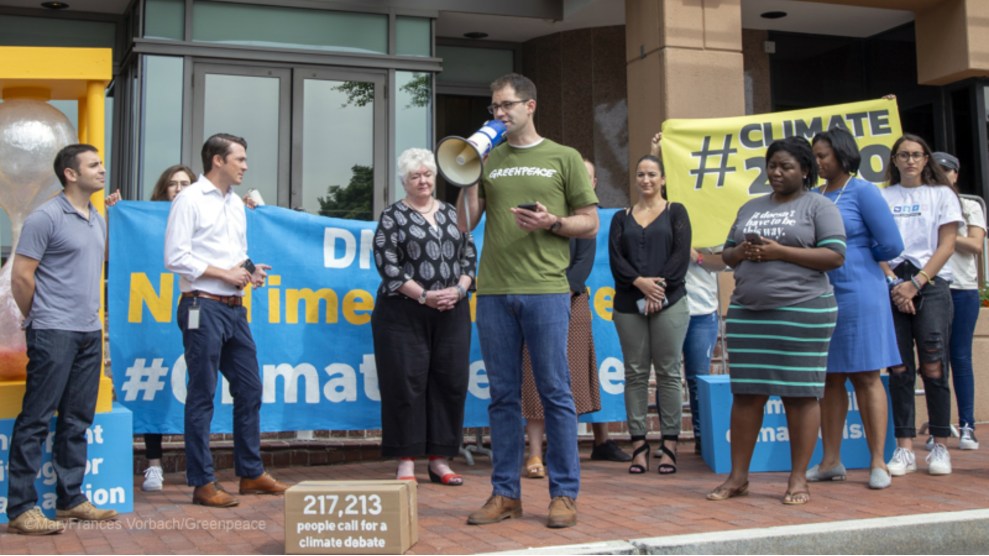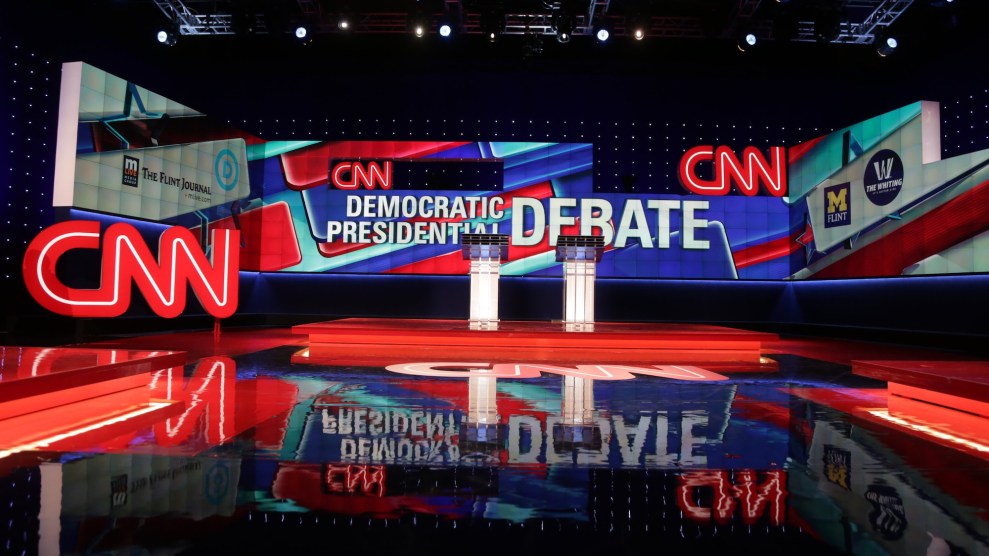Just a few hours before the second round of 2020 Democratic presidential contenders are set to face off, dozens of local activists in Miami, Florida held an “Underwater Climate Rally,” calling for more discussion about climate change at the second Democratic debate. A coalition of local environmental groups organized the march to the Arsht Center in Miami, where this round of debates is being held, with marchers sporting signs calling for a specific climate change debate and pushing for the Green New Deal.
#UnderwaterClimateRally in #Miami happening now. We need action on #climate now!! pic.twitter.com/d5F3OCVNbr
— Alianza For Progress (@AlianzaProgress) June 27, 2019
Melissa Baldwin, co-organizer of Miami Climate Month, which organized the rally, says from the moment she and her fellow organizers found out the first debate would be in Miami, they wanted to “put a spotlight on climate change, because you can’t come to Miami without talking about climate change.”
“What do we want? Climate Justice! When do we want it? Now!”
Marching to the #DemDebate! #democraticdebates #climateemergency #climateceisis pic.twitter.com/KQkeJyooks— The CLEO Institute (@CLEOInstitute) June 27, 2019
Climate change and fossil fuels have already disturbed the daily lives of Floridians. Sea level rise and warming temperatures threaten cities like Miami. Kim Ross, ReThink Energy Florida leader, resident witnessed people in her community in Tallahassee feeling helpless after the Deepwater Horizon oil spill disaster, which damaged Gulf Coast ecosystems.
“This isn’t something in the future,” Ross says. “This is something that’s happening now and needs to be addressed now.”
Fam if you aren't here yet you should be!! #UnderwaterClimateRally #ilovemycity #ResilientMiami #ClimateEmergency https://t.co/qZ67uvUWk0 pic.twitter.com/UZd77IKVpu
— MIA Climate Alliance (@MiaClimate) June 27, 2019
At the first 2020 Democratic debate on Wednesday night, Democrats spent less than 10 minutes talking about climate change. Though not an extensive conversation, that was still more time spent talking about climate change than in all of three debates combined between Hillary Clinton and Donald Trump in 2016.
Baldwin tells Mother Jones that climate and energy policy needs a prolonged conversation at every debate because “climate change is an issue that affects every other issue: agriculture, the economy, including tourism.”
She recalls a friend saying, “Who wants to go to Disney when it’s 105 degrees outside?”












